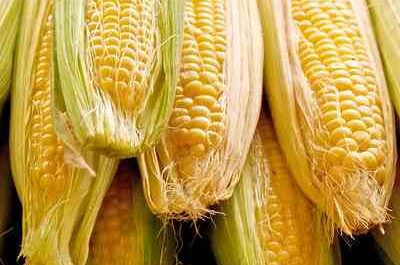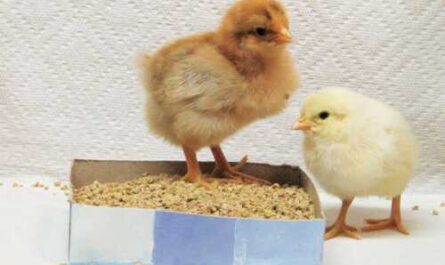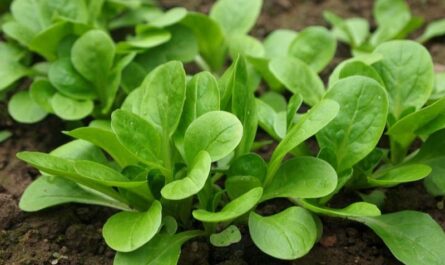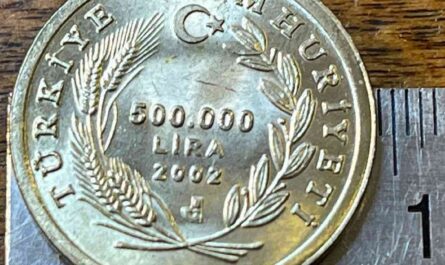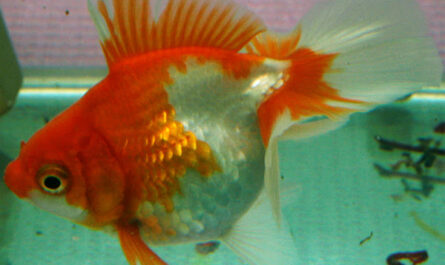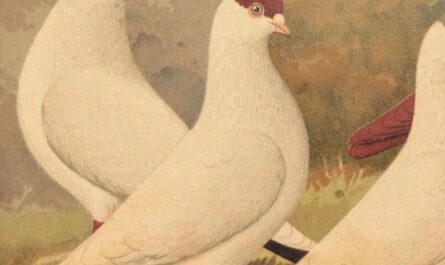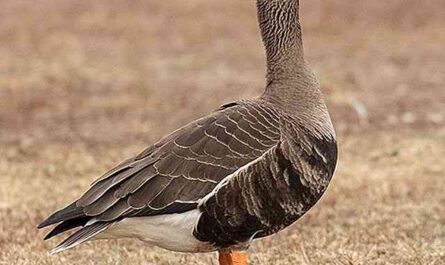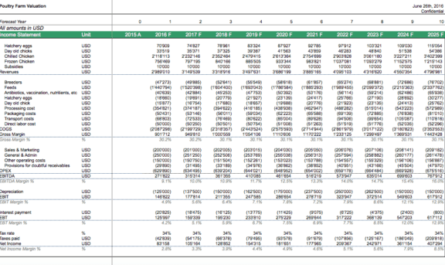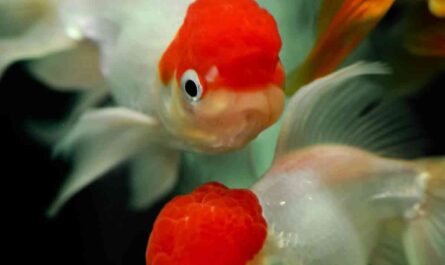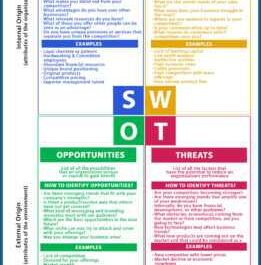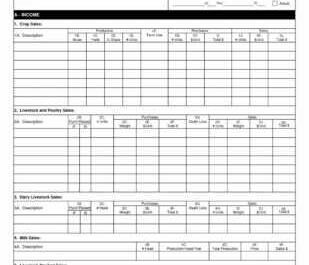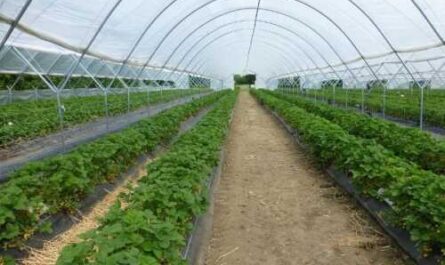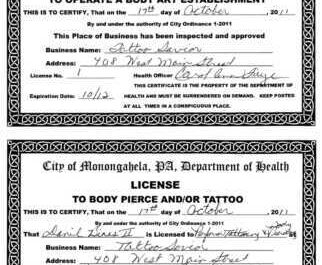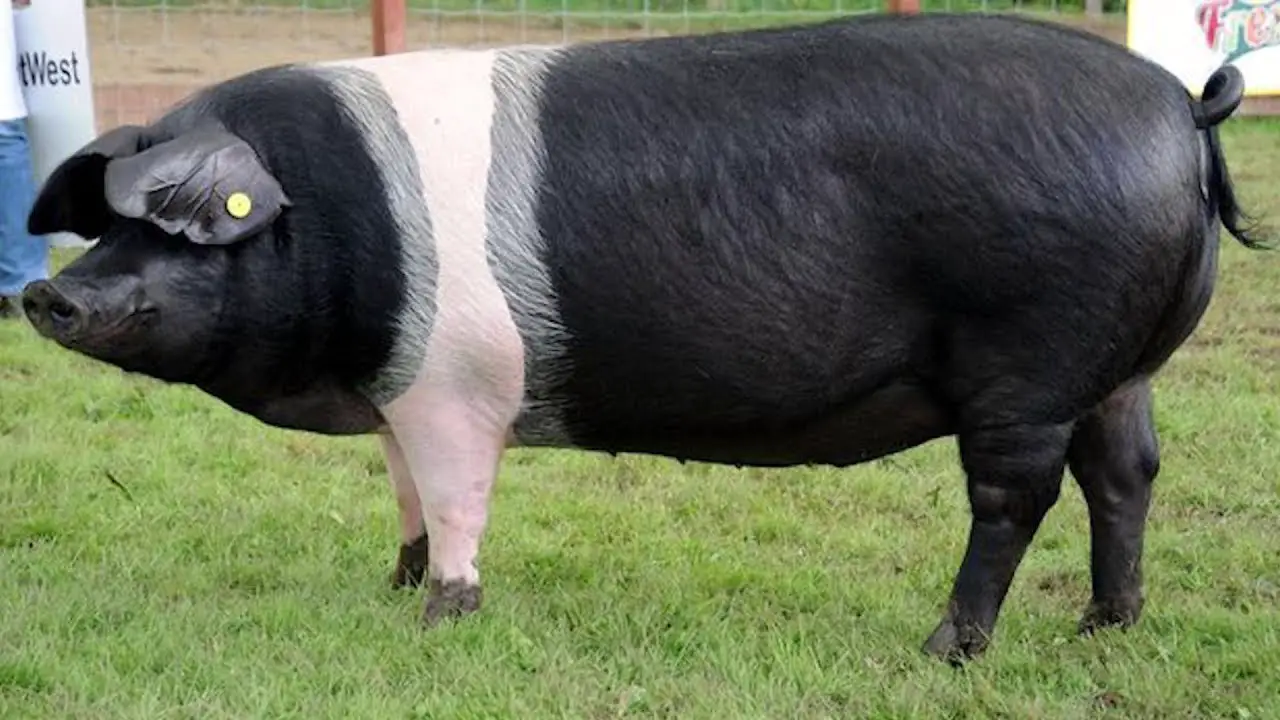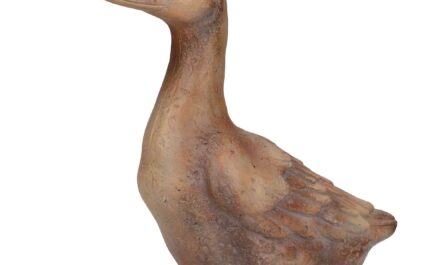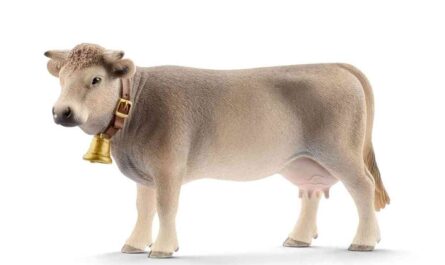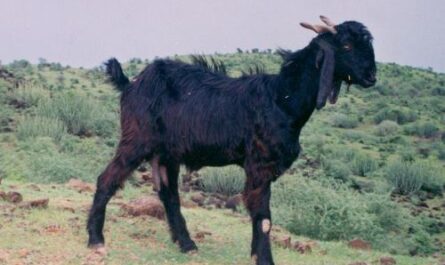Tudanca cattle are a primitive breed of cattle that were previously used in inland Cantabria as working animals in the fields. He actually comes from Cantabria, Spain.
The breed takes its name from the village of Tudanca in the Cantabrian valley of Nansa. The Tudanka cattle breed resembles in many ways the wild ancestors of cattle, the extinct aurochs.
After the mechanization of agriculture, the need for draft animals decreased. And the Tudanka cattle breed was included in the list of protected domestic animals. At that time, most of the primitive breeds of cattle were on the verge of extinction due to their low economic productivity.
Among them was the Tudanka cattle breed. But the efforts of many breeders and the newly recognized quality of excellent meat ceased to decline, and the stock increased again.
Now the breed is not included in the list of endangered livestock breeds. And the 2008 equation had 12,991 animals. Learn more about Tudanka cattle below.
Characteristics of Tudanka cattle
Tudanka cattle are medium-sized animals, with bulls reaching a shoulder height of around 150 cm and cows around 135 cm. Their color varies from greyish to black. And on average, bulls are darker than cows.
Bulls have a light eel stripe on their back, like bison (and they often have a light saddle). Cows are more graceful and smaller than bulls. Bulls and cows usually have long horns.
Typical for Tudanka is a curled line of the back, which is strongly pronounced in bulls. Bulls often have long, curly hair on the front of their heads. These long curly hairs are also characteristic of bison.
Tudanka bulls weigh on average about 420 kg, and the average live weight of cows is about 320 kg. Photos and information from Wikipedia.
Advantages
In ancient times, these animals were used as working animals in the fields. But now they are used as a beef and dairy cattle breed.
Special Notes
José María de Cossio describes Tudanca cattle as “agile, strong, frugal and hardy”. They are well adapted to the climate of the Cantabrian highlands. And also well suited for mountainous areas.
In fact, herds of this breed are transferred to high pastures for grazing in June, where they are left until October.
However, these animals are a very important cattle breed in Spain. See his full breed profile below.
video
| Breed name | Tudanka |
| another name | everything |
| Purpose of the breed | Milk, Meat |
| Special Notes | Active, robust, strong |
| Breed size | medium |
| Bulls | About 420kg |
| cows | About 320kg |
| climatic tolerance | All climates |
| coat color | From gray to black |
| horned | Yes |
| milk production | medium |
| scarcity | general |
| Country/place of origin | Spain |
